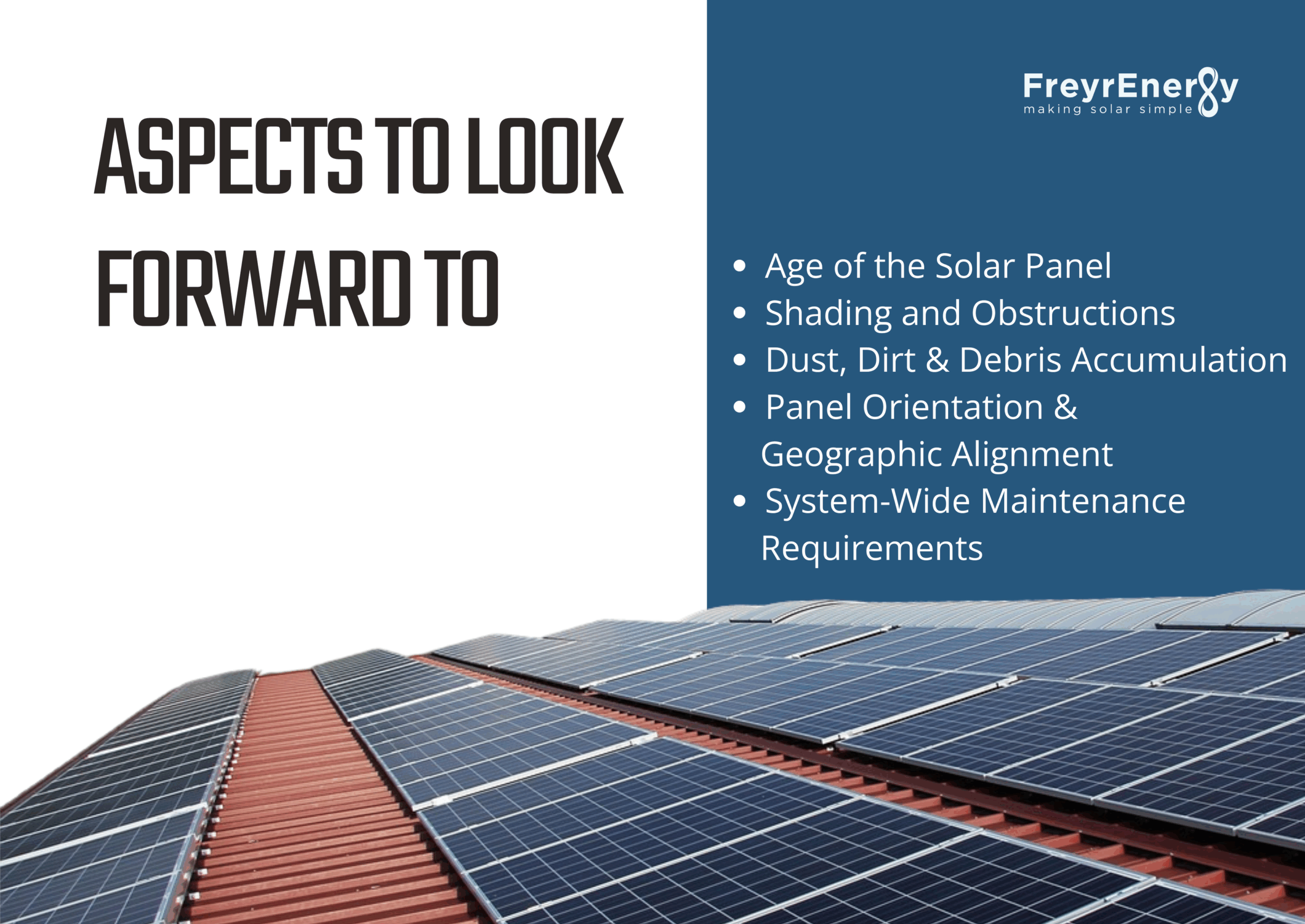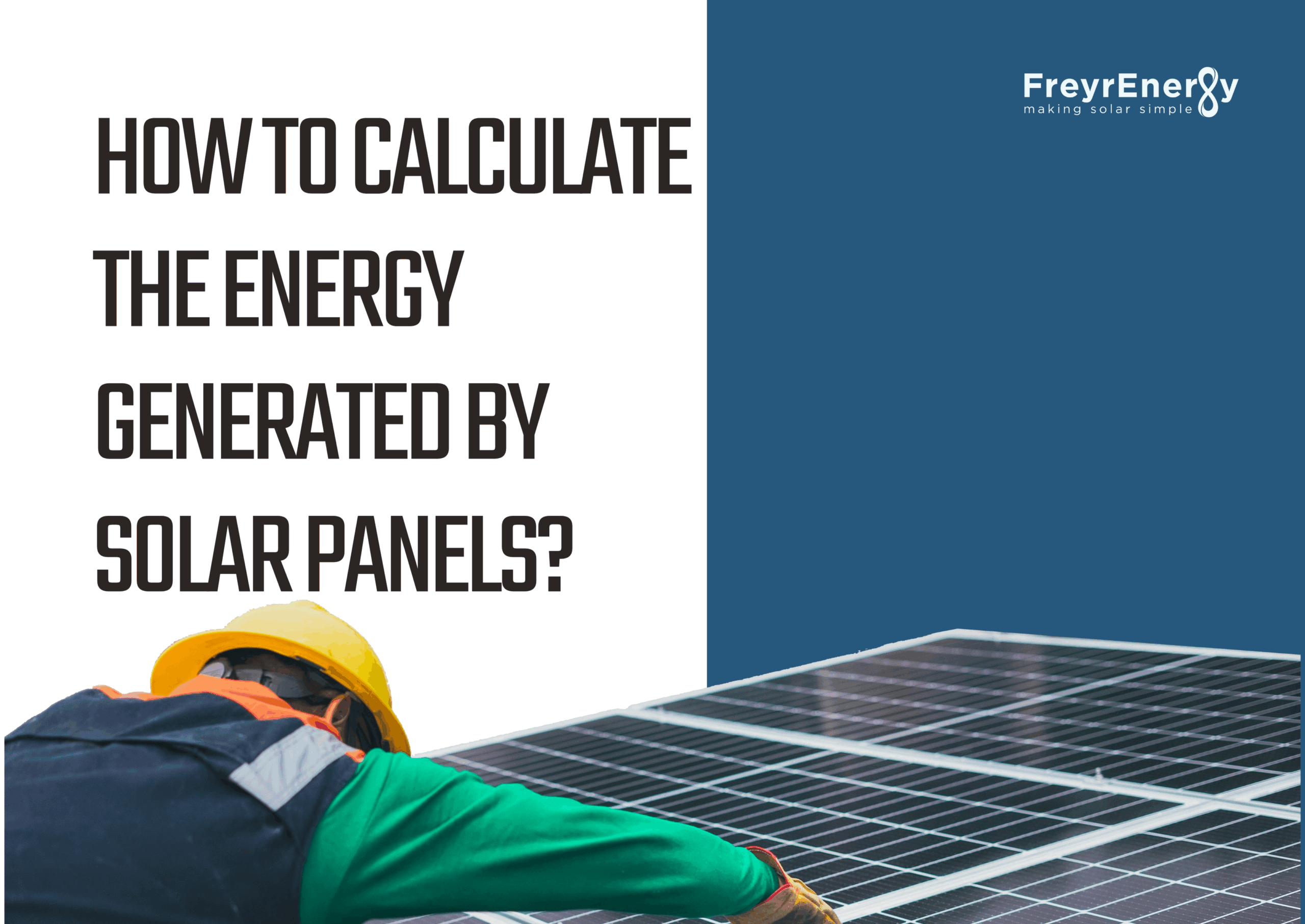Solar energy has become more visible across Indian rooftops than ever before. People have shown interest and are saving hefty amounts in monthly electricity bills over time. However, the ones who haven’t yet have a few genuine questions on solar power generation, cost of solar panels and more. If you have been wondering about solar panels energy generation while sitting on your rooftop, here we present you with the right metrics. Without further ado, let us check the concept in-depth.
How much energy does a solar panel produce?
Solar panels generate energy over the rooftop when direct sunlight hits the photovoltaic panel, and the rays are converted into DC electricity. With modern inverters, this DC electricity is then converted into usable AC electricity, which is used in homes. This entire process is known as solar panel power generation. The rate of conversion or power received depends on the size of the panels opted for.
For instance, let us assume a 2 kW solar system is installed on your rooftop. Depending on the weather conditions, this could generate around 8-10 kW of electricity per day. In larger calculations, this would come around to 240-300 kW per month. In hindsight, this is sufficient to power up simple appliances like lights, fans, TVs, and several day-to-day usable appliances.
solar panel power generation does well under conditions where there is unhindered sunlight coming from all fronts. Even during monsoons and bad weather conditions, solar panels generate less power, which might not be as efficient as during a sunny day..
Aspects to Look Forward to

The energy generation of solar panels is influenced by several factors that determine the overall power output. These can vary from region to the condition of the panel in use, and much more. Let us look at each one of them.
- Age of the Panel: A solar panel that has been in use for several years would show minor depreciation. This is quite natural, and the good thing is that for solar panels, this depreciation is rather slow, and an average panel sustains excellent power generation for about 20-25 years. However, it is apparent that a 20-year-old panel wouldn’t have the same efficiency as a new panel. Therefore, the older the age, the less the efficiency of the panels.
- Shading factors: The electricity produced by solar panels factors in shading. Think about a panel having direct contact with sunlight versus a panel that’s guarded by trees/leaves or even human-made obstructions. The former will have a consistently better chance of generating more power, while the latter would definitely have a lower output.
- Dirt and Debris accumulation: A dirty solar panel surface with dust and debris lowers the power generation. Therefore, frequent cleaning of PV panels and the surface is mandatory.
- Orientation and Geography: Orientation of the panels holds the key to maximizing the most sunlight of all. For instance, panels facing south receive the most sunlight, and with the right angle set, this would sustain the entire year with consistent power output assured.
- Maintenance of the entire system: The entire solar panel system, not just the PV panels, requires frequent maintenance. This includes the inverter, batteries, and the wiring of the panels. With deep maintenance 2 times a year, it works wonders for the overall power generation.
How to calculate the energy generated by solar panels?

Solar Panels Energy Generation is easily calculated depending on the size of the panel. Assuming it to be a 1 kW panel, this generates around 4-6 units per day. This is around 120 units per month or 1,440 units annually.
Alternatively, please visit Freyr Energy to access our free-to-use solar calculator. Using your monthly power bills or even the solar panel size, obtain the estimated power output that would help you decide which panel to choose from.
Final Words
Solar panels energy generation ultimately depends on several factors such as panel type, geographic location, and regular maintenance. When these elements work together efficiently, they significantly boost energy output. As for users, you can now decide the right solar panel for your monthly power needs, enabling you to slash your grid-power dependency.
